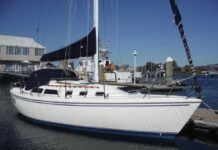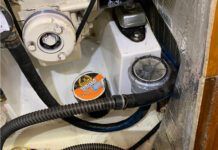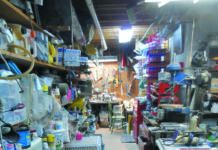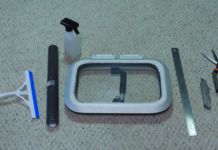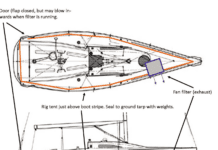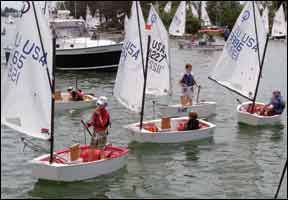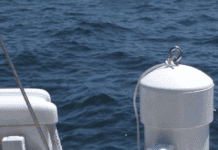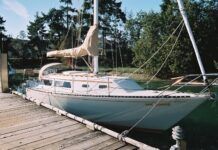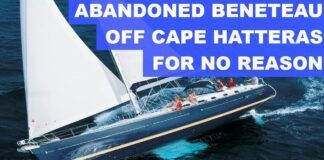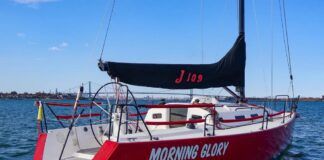We got some heartbreaking news just before this issue was on its way to the printer: On May 9, British Olympic sailing medalist Andrew Simpson died when Swedens Americas Cup boat, Artemis, pitchpoled and broke apart during a windy sail on San Francisco Bay. Simpson, who joined the team as a strategist in February, was apparently pinned under the wreckage of the 72-foot catamaran. The tragedy casts a pall over the Americas Cup series set for this summer.
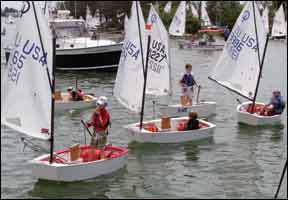
The risks of a capsize in an AC72 are self-evident. The boat travels at speeds up to 45 knots, and the emphasis on reducing weight means structural components break or buckle in a crash. The dramatic capsize of Team Oracles AC72 captured on video last summer offered a graphic demonstration of what Bay area winds can do with these high-tech catamarans.
An Americas Cup press release last fall described the Artemis crew as well prepared for a capsize, and detailed the teams training for underwater escapes using the spare-air canisters that team members carry. According to former Artemis skipper Terry Hutchinson, each canister provides about 10 to 20 breaths of air depending on how calm you can remain. During training, sailors had to enter the water upside down, access their spare air, and crawl more than 50 feet to clear a net that simulated boat wreckage.
Were wearing a PFD and a wetsuit, which is a lot of flotation, said Hutchinson. Once you hit the water you have to have the presence of mind to grab the spare air, get it in your mouth and accept the fact that youre going to take in a little water… and not panic.
Although the novice sailor doesn’t face nearly the same level of risks as do the highest-level professionals, dangers exist, and the need for training is no less important. In the wake of the tragic death of 14-year-old Olivia Constants, who drowned when a snagged trapeze harness trapped her beneath a 420 during sailing practice in 2011, sailing programs around the country are re-tooling capsize training. Instructors are modifying rescue procedures.
Here at PS, weve also adjusted our view of small boat safety. During this months look at youth PFDs (see page 20), we cast a much more critical eye on loose buckles and loops that might catch on a boat. We also included an escape drill in our testing. We found that with practice, our young sailors could quickly wriggle out of their jackets as a last resort. However, these were calm-water drills that had none of the panic that would accompany an actual accident.
Because so much of our sailing takes place in mild summer conditions, its hard to imagine how dramatically the environment changes as wind increases, how quickly exciting can become dangerous, and how devices introduced to keep us safe can suddenly put us at risk. Sadly, the most compelling reminders that safety at sea is not an exact science come at an enormous cost.



